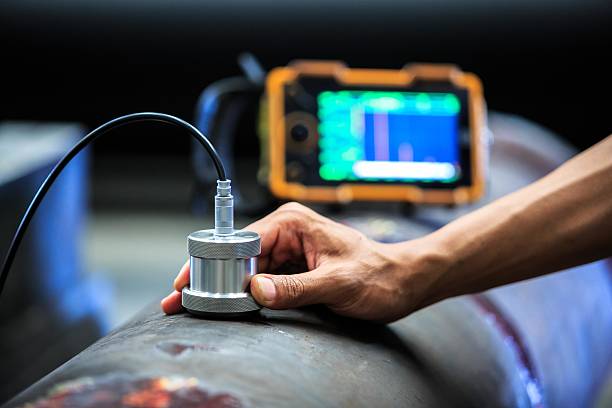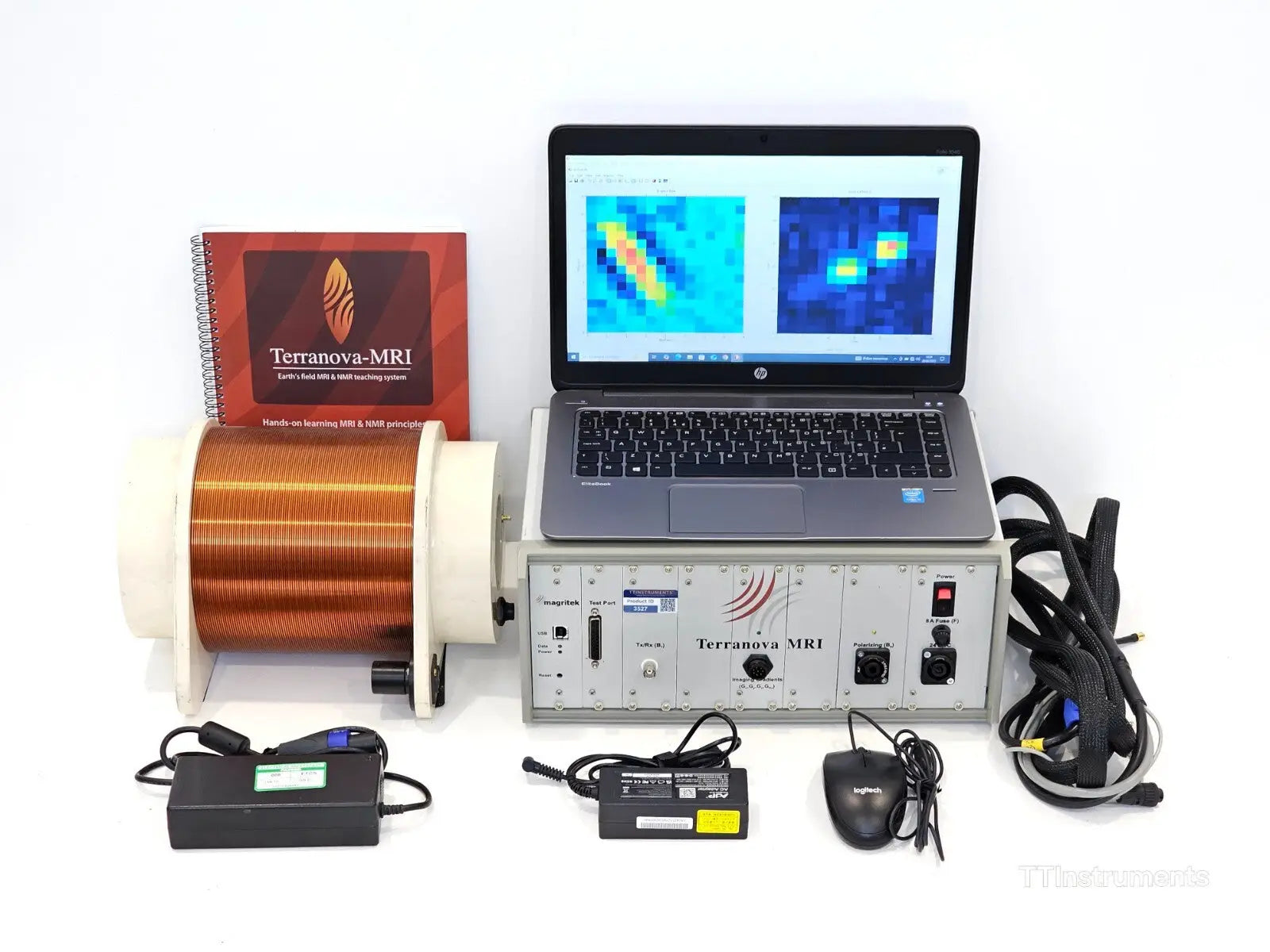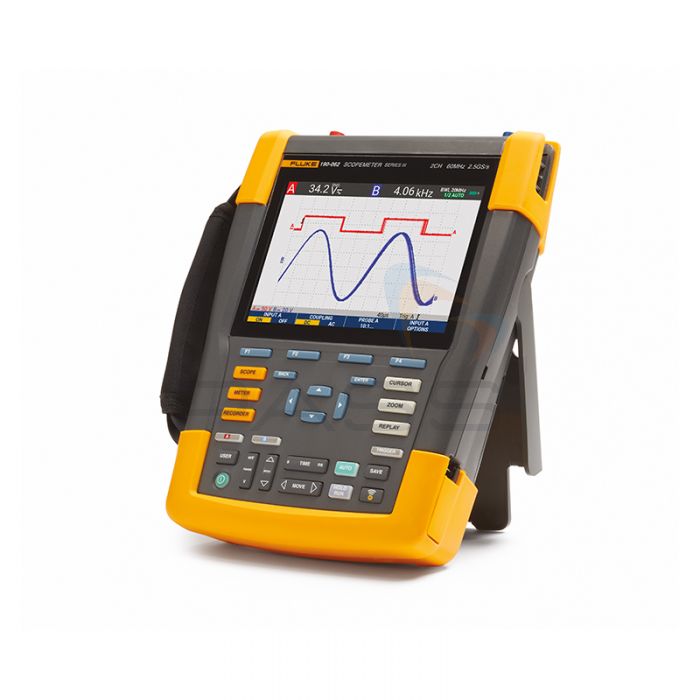
How to Calibrate Test Equipment: Why, When, and Who Should Do It
Why Calibration Matters
Calibration is an essential aspect of test and measurement (T&M) equipment to ensure accuracy and reliability. It is the process of adjusting an instrument to meet defined performance standards and specifications, usually provided by the manufacturer or recognized organizations like NIST (National Institute of Standards and Technology). Proper calibration ensures that your test results are consistent, repeatable, and aligned with global measurement standards.
Inaccurate readings or drifted measurements can lead to faulty decisions, incorrect test results, or product malfunctions, especially in industries such as electronics, telecommunications, and medical devices. Whether you’re dealing with oscilloscopes, signal generators, or multimeters, calibration is a necessary practice to maintain the integrity of your work.
Explore our selection of calibration kits and accessories to support in-house testing and verification at TT Instruments.
Why Calibration is Crucial for Test Equipment
-
Ensures Accuracy: Calibrated instruments provide reliable, precise readings.
-
Maintains Compliance: Many industries have standards that require calibrated equipment for compliance (e.g., ISO 9001, FDA).
-
Improves Confidence in Results: Knowing that your test equipment is performing within the defined specifications boosts confidence in the data collected.
-
Prevents Downtime: Regular calibration reduces the risk of sudden equipment failure during critical operations.
-
Prolongs Equipment Life: Well-maintained and calibrated instruments tend to have longer lifespans.
When Should You Calibrate Your Test Equipment?
How often you calibrate your test equipment depends on various factors, including the type of device, its frequency of use, and the specific requirements of your industry. Here are some general guidelines:
-
Manufacturer’s Recommendations: Always refer to the user manual or the manufacturer's guidelines for calibration intervals.
-
High-Use Instruments: If you use the instrument frequently, consider annual calibration to ensure accuracy.
-
Critical Applications: If you're using test equipment for high-precision tasks, more frequent calibration (e.g., quarterly) may be necessary.
-
Environmental Conditions: Extreme environmental factors such as temperature, humidity, and dust can affect calibration. Instruments exposed to harsh conditions should be checked more often.
-
After Major Repairs or Adjustments: Any significant repair or adjustment made to an instrument can affect its calibration. Always re-calibrate post-repair.
Who Should Perform Calibration?
Calibration can either be done in-house or outsourced to a professional calibration service. The decision largely depends on the complexity of the equipment, your team’s expertise, and your budget.
-
In-House Calibration:
-
Pros: Cost-effective for basic instruments, faster turnaround, convenient.
-
Cons: Requires proper training, equipment, and ongoing knowledge of calibration standards.
-
Best For: Simple instruments like multimeters, clamp meters, and basic oscilloscopes.
-
Requirements: Specialized equipment (e.g., calibration standards, test jigs), as well as knowledge of metrology principles.
-
-
Outsourcing to a Professional Service:
-
Pros: High precision, expert handling, official calibration certificates.
-
Cons: More costly, longer lead times.
-
Best For: Complex, high-end equipment like spectrum analyzers, network analyzers, and high-frequency instruments.
-
Requirements: Must ensure that the service is accredited (e.g., ISO 17025) and provides traceable certificates.
-
How to Calibrate Test Equipment in Practice
-
Perform Preliminary Checks:
-
Before calibration, ensure the instrument is in good working condition. Check for wear and tear, dirty connectors, or faulty wiring.
-
If necessary, clean the device or replace any parts that might affect performance.
-
-
Verify the Environment:
-
Ensure that the room temperature, humidity, and other environmental factors align with the conditions recommended by the manufacturer for accurate calibration.
-
For more sensitive instruments, an environment-controlled lab might be required.
-
-
Calibration Standards:
-
Calibration requires known standards, typically traceable to a national or international standard like NIST.
-
Compare the instrument’s output to the standard and make adjustments to bring it within tolerance.
-
-
Adjustments:
-
If your equipment deviates from the standard, adjustments may be needed. This could involve tweaking the instrument’s internal settings or aligning it with the reference standard.
-
Record the process for documentation purposes, as well as any readings that show performance before and after calibration.
-
-
Verification:
-
After adjustments, recheck the equipment’s output to ensure it’s now operating correctly within the required specifications.
-
-
Documentation and Certification:
-
For high-precision instruments, documentation is critical. Calibration certificates provide proof of compliance and help in audits or regulatory processes.
-
These certificates should include details like the equipment’s serial number, calibration date, and any adjustments made.
-
When Calibration Isn’t Enough: Maintenance Tips
Calibration is just one aspect of keeping your test equipment in peak condition. Regular maintenance is also crucial to ensure long-term performance. Here are some maintenance tips:
-
Storage: Keep instruments in their original packaging or protective cases to avoid damage.
-
Routine Inspection: Periodically inspect cables, connectors, and probes for wear or defects.
-
Cleaning: Clean the equipment regularly according to the manufacturer’s guidelines, ensuring that dust, dirt, and moisture don’t affect its operation.
-
Software Updates: For digital and software-defined instruments, ensure that the firmware or software is regularly updated to improve functionality and correct any bugs.
Calibration as a Long-Term Investment
Calibration is a vital part of maintaining the accuracy and reliability of your test equipment. Regularly calibrated instruments help you avoid costly mistakes, improve work efficiency, and ensure the longevity of your equipment.
Whether you decide to calibrate in-house or work with a third-party service provider, proper calibration should never be overlooked. It’s an investment in the quality of your measurements and the reliability of your tests. Don’t wait for discrepancies to show up make calibration a part of your routine to keep your operations running smoothly.
FAQs:
-
What is calibration in test equipment?
Calibration is the process of adjusting a test instrument to ensure its accuracy by comparing it with a known standard. -
How often should I calibrate my test equipment?
Calibration frequency depends on the manufacturer’s recommendations, the frequency of use, and the precision required for your applications. Generally, annual calibration is recommended for high-use equipment. -
Can I calibrate test equipment myself?
Yes, some basic equipment like multimeters can be calibrated in-house, provided you have the right tools and knowledge. However, for complex instruments, it’s best to outsource calibration to a certified service provider. -
What are the benefits of regular calibration?
Regular calibration ensures accurate measurements, maintains compliance with industry standards, improves confidence in results, and prolongs the life of your equipment. -
Do I need a certificate of calibration?
A certificate is essential for regulated industries or quality control processes. It provides proof that your equipment has been calibrated according to national or international standards.


